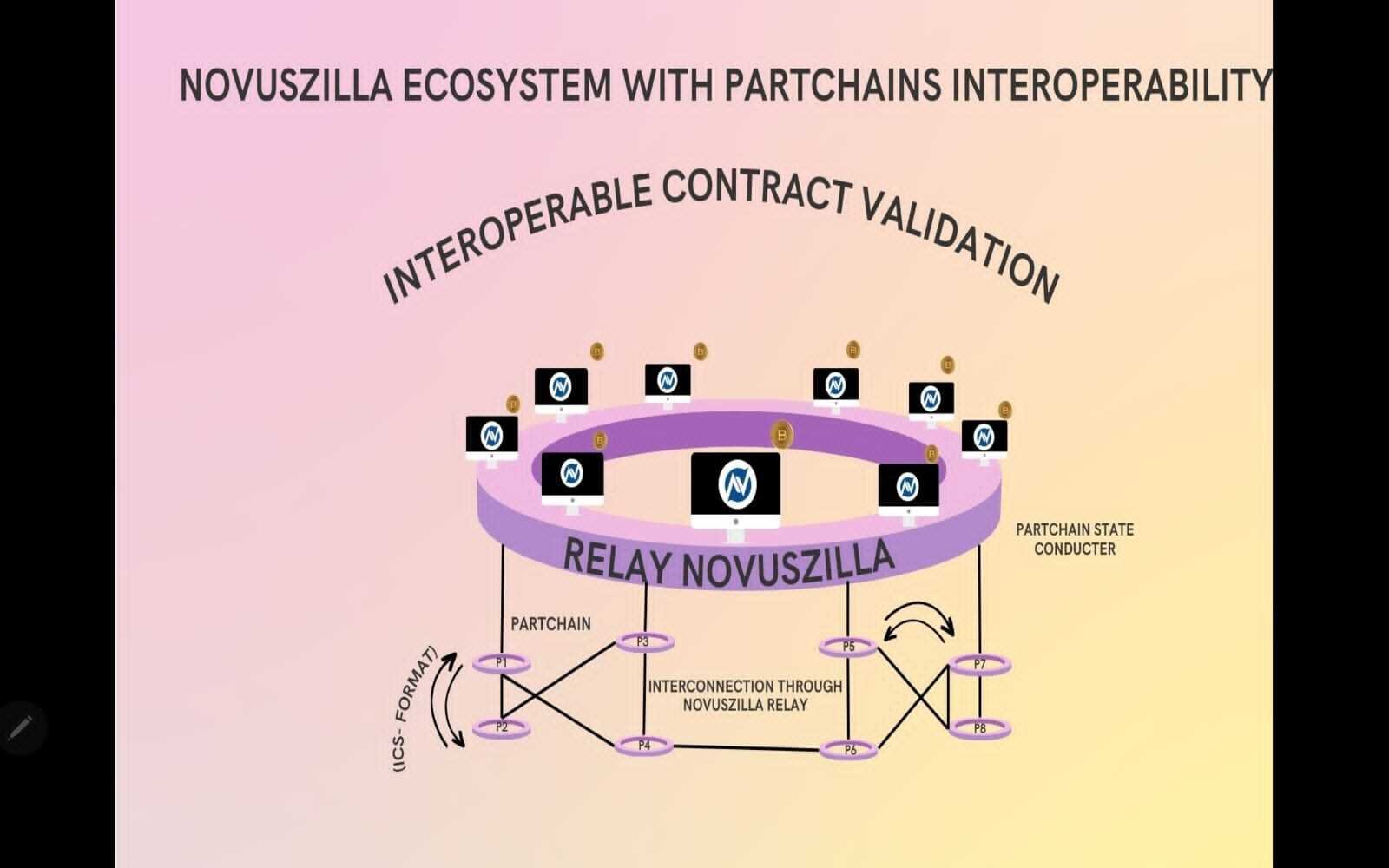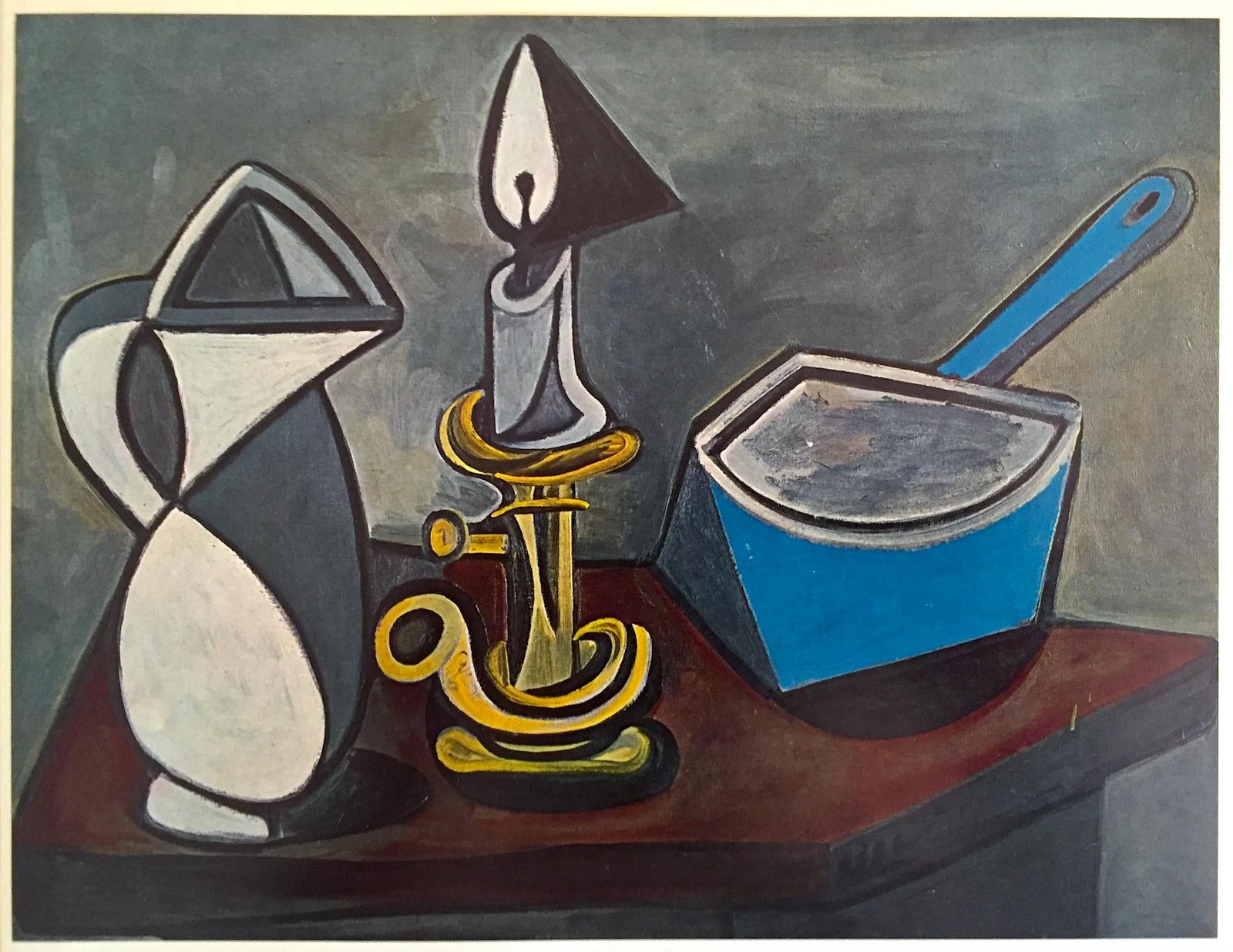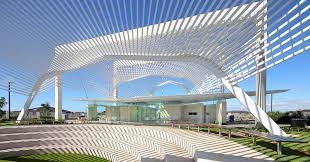
Building Purposed based blockchains can be a pain in the neck. Since the technology is so new, much of its underlying infrastructure isn’t yet stable or automated, and as such, it demands that developers spend time rebuilding. The Novuszilla’s Team know that headache well, and as such, are using its Blockchain to simplify the process of building enterprise/Institutional blockchains. Novuszilla is a layer zero blockchain, built to bring the web2 institutions and startups on Web3 seamlessly. Novuszilla is the base which provides interoperability, Scalability, Security and connectivity to all the blockchains present in the ecosystem.
Novuszilla does this with it unique Architecture, which involves a base layer called as Layer zero Relay chain and on Top of it are heterogenous shards called as Partchains. The beauty of this structure is that No Partchains are limited to any specific Virtual Machine, Programming Language, Consensus Mechanism or Cryptocurrency. Each Partchain can have their own ecosystem. Novuszilla’s ecosystem also supports private Blockchains and introduces a hybrid of private and public blockchains for enterprises to bring their structure on the Web 3.
The Architecture of Novuszilla Consensus involves protocols like- Zero knowledge proof, which was first conceived in 1985 by Shafi Goldwasser, Silvio Micali and Charles Rackoff in their paper “The knowledge complexity of interactive Proof Systems”. Novuszilla’s ecosystem runs Redcliff Consensus Mechanism designed and developed by Novuszilla Labs. Redcliff consensus Mechanism involves DAG (Directed Acyclic Graph) with no direct cycles. That is, it consists of vertices and edges (also called arcs), with each edge directed from one vertex to another. With a combination of DAG and Proof of History Novuszilla improves the scalability of interoperable asset transfers and also introduces a scalable consensus algorithm for the enterprises to perform their Transactions.
Substructure is the SDK toolkit Developed by Novuszilla Labs For the enterprises/ Startups, Dapps and Government institutions to deploy their Native Blockchain with their Native currency or CBDC(Central Bank digital currency). Novuszilla tends to be the Microsoft in blockchains ecosystem, it provides all the necessary Web3 tools Needed by the businesses and users to access Web3 as conveniently as Web2. Interoperable asset and data transfer won’t be an issue for the blockchains after Novuszilla’s Ecosystem. Instead of using the traditional bridges Novuszilla has introduced its Own cross blockchain transactions. The time when Novuszilla Labs Foundation was initiated, Blockchains lacked the basic structure for any enterprise taking part in Public blockchains.
Novuszilla is just not a blockchain But an Ecosystem of Blockchains. Novuszilla is a layer zero blockchain. Novuszilla blockchain acts as a base layer for other blockchains. Today, Blockchains exist individually but as we move forward with the era of blockchain, the technology needs to act as one. The story of WordPress tells us how open source communities work to make something so useful without compromising software freedom. Enterprises/ Startups tend to be the majority clients of wordpress as every business needed an online presence when Web1 and Web 2 initially made a market for Interactive websites.
Technology is upgrading with our needs and so is the technology used in businesses. A decentralized technology like blockchain is the need of every Business today. To deliver this, Novuszilla has created an ecosystem where building a blockchain is as easy as building a website. With WordPress the interface is easier to interact with, and you could also choose from different templates to shape your content.
With Novuszilla, users can simply deploy their blockchain as conveniently as they would deploy a website on wordpress. The SDK Toolkit provided by the Novuszilla Labs called as substructure is a set of instructions and tools which can be used by the users to start a network of their blockchain with its own ecosystem. These blockchains are called as Partchains, deployed as heterogenous shards.












